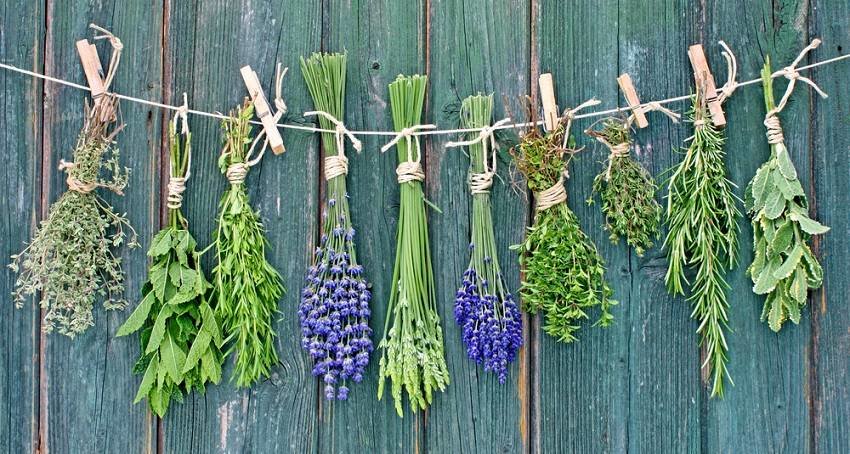Sun-drying medicinal plants cuts potency to third

TEHRAN – Drying herbal medicine in the sun can lower the plants’ potency to a third compared to the industrial method - oven or shade drying, a faculty member at the University Of Medical Sciences Of Kashan said on Thursday.
According to IRNA, Hossein Hosseini named the time of harvest and method of plant processing as two factors determining the nutritional content of herbal plants.
The process of drying medicinal plants is of grave concern, Hosseini said, adding that it should be done in the shade with proper air ventilation and controlled temperature to keep the nutritional value of the herbs.
In a study conducted in Iranshahr region, in Sistan-Balouchestan Province in southeastern Iran, the drying process of sour tea in the direct sunlight has shown a drop in the level of anthocyanins and citric acid, the two important ingredients in sour tea (Hibiscus sabdariffa), Hosseini noted.
Most prominent among the flavonoids are the anthocyanins—universal plant colorants responsible for the red, purple, and blue hues evident in many fruits, vegetables, cereal grains, and flowers. Citric acid occurs naturally in citrus fruits.
Sour tea plantation in Iran is native to Iranshahr, where 300 hectares of land is designated to its cultivation, Hosseini said.
“Sun-drying is a popular technique to prepare the herbal tea in Iranshahr, while the proper method calls for oven, shade dry, or 45 degrees Celsius sun-dry heat.”
Sun-drying won’t change the color and appearance of medical plants, he added, but has tendency to reduce the potency of the herbs profoundly.
Hosseini further explained that sour tea and saffron harvested after 9 a.m. are purchased at lower prices due to the drastic reduction of the plants’ active ingredients in the heat.
Leave a Comment